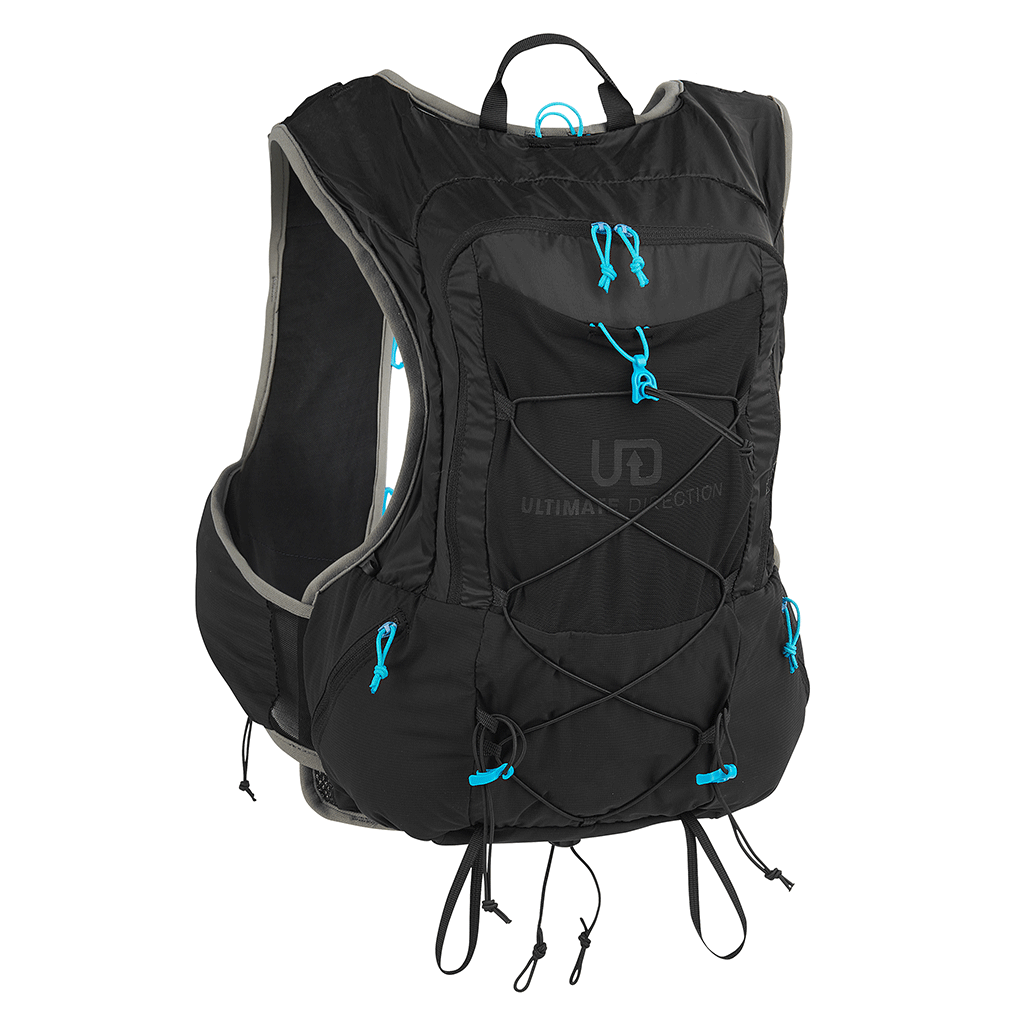When it comes to exploring the great outdoors, having the right gear is essential, and a quality backpack can make all the difference. Whether you're planning a day hike, a weekend camping trip, or a multi-day trek, the right mountain designs backpack can enhance your experience. In this comprehensive guide, we will explore the key factors to consider when selecting a mountain backpack, the features that make a backpack ideal for outdoor adventures, and tips for proper usage and maintenance.
1. Understanding Backpack Types
Backpacks come in various types, each designed for specific activities. Understanding these types will help you choose the right one for your needs.
a. Daypacks
- Capacity: Typically 15-30 liters.
- Usage: Best for short hikes or day trips.
- Features: Lightweight and often includes hydration reservoirs and external pockets for easy access.
b. Overnight Packs
- Capacity: Ranges from 30-50 liters.
- Usage: Suitable for one or two-night trips.
- Features: Offers more storage for sleeping gear, food, and clothing, often with added comfort features.
c. Multi-Day Packs
- Capacity: Generally 50 liters and above.
- Usage: Designed for extended trips involving camping.
- Features: Equipped with multiple compartments, gear loops, and a more durable construction to handle heavier loads.
2. Key Features to Look For
When selecting a mountain backpack, several features can significantly enhance your hiking experience. Here are the most important aspects to consider:
a. Fit and Comfort
- Adjustable Straps: Look for padded shoulder straps and adjustable hip belts to ensure a snug fit.
- Back Panel: A ventilated back panel can improve airflow, keeping you cool during strenuous activities.
- Load Distribution: A well-designed suspension system helps distribute weight evenly, reducing strain on your back.
b. Material and Durability
- Water-Resistant Fabrics: Consider backpacks made from durable, water-resistant materials to protect your gear from sudden rain.
- Reinforced Seams: Check for double-stitched seams and reinforced areas to enhance durability.
c. Storage and Organization
- Multiple Compartments: Look for various pockets and compartments to keep your gear organized and easily accessible.
- External Attachment Points: Gear loops and daisy chains can be useful for carrying additional items like trekking poles or sleeping bags.
d. Hydration Options
- Hydration Reservoirs: Some backpacks come with built-in hydration systems, making it easy to stay hydrated on the go.
- Water Bottle Pockets: Side pockets designed for water bottles can be a convenient feature.
3. Choosing the Right Size
Selecting the appropriate size is crucial for comfort and functionality. Here’s how to determine the right size for your mountain backpack:
a. Torso Length
- Measure Your Torso: Use a measuring tape to measure from the base of your neck to the top of your hip bones. This measurement will guide you in selecting a backpack that fits your torso length.
- Adjustable Back Length: Some backpacks offer adjustable back lengths, accommodating various torso sizes.
b. Volume
- Consider Your Needs: Assess the duration of your trips and the amount of gear you typically carry. Choose a volume that meets your requirements without being excessively large.
4. Essential Accessories
To maximize the functionality of your mountain backpack, consider investing in some essential accessories:
a. Rain Cover
- Protection from Elements: A rain cover can protect your backpack and gear from heavy rain, extending the life of your backpack.
b. Packing Cubes
- Organization: Packing cubes can help keep your gear organized, making it easier to find what you need.
c. First Aid Kit
- Safety First: Always carry a compact first aid kit for emergencies during your outdoor adventures.
5. Proper Usage and Maintenance
To extend the life of your mountain backpack and ensure optimal performance, follow these usage and maintenance tips:
a. Packing Techniques
- Weight Distribution: Pack heavier items closer to your back and distribute weight evenly to maintain balance.
- Accessibility: Place frequently used items in outer pockets for easy access.
b. Cleaning and Care
- Regular Cleaning: Clean your backpack regularly to remove dirt and debris. Use mild soap and water, and avoid machine washing unless specified by the manufacturer.
- Drying: Always air dry your backpack in a shaded area to prevent damage to materials and coatings.
c. Inspections
- Check for Damage: Regularly inspect your backpack for wear and tear, especially after long trips. Repair or replace damaged parts as needed.
Conclusion
Choosing the right mountain backpack is a crucial step in ensuring a successful outdoor adventure. By understanding the different types of backpacks, key features to look for, and how to properly use and maintain your gear, you can find the perfect backpack that meets your needs. Whether you’re embarking on a day hike or a multi-day trek, investing in a quality mountain backpack will enhance your comfort, organization, and overall experience in the great outdoors. With the right preparation and gear, you can fully enjoy the beauty and excitement of nature.





Comments